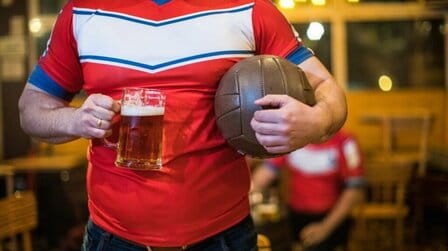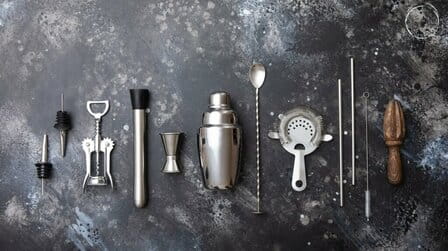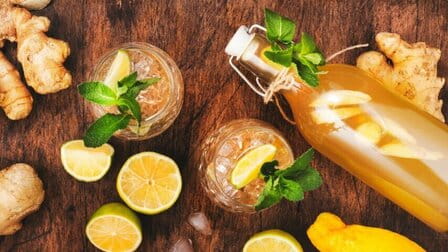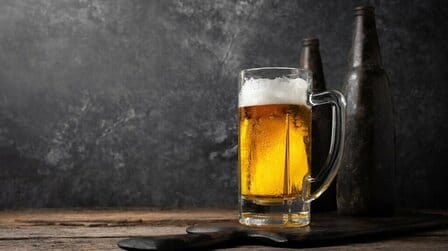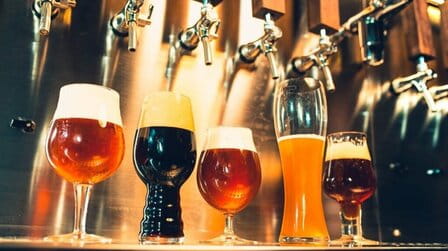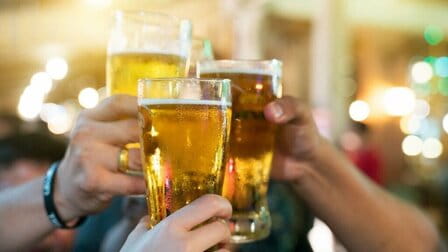Beer can sometimes develop an unpleasant "skunky" flavor and aroma that is often described as similar to a skunk's defensive spray. This skunky smell is the result of a chemical reaction that occurs when the hop compounds in beer are exposed to ultraviolet (UV) light. Here is an overview of what causes skunky beer and how it can be prevented.
What Are Hops and How Do They Relate to Lightstruck Flavors?
Hops are a key ingredient used to add bitterness, flavor, and aroma to beer. Certain hop varieties contain organic compounds called isohumulones that are sensitive to light. When these compounds are exposed to wavelengths of light in the 350-500 nm range, they break down into free radicals that then recombine to form 3-methyl-2-butene-1-thiol - the compound responsible for "skunky" flavors in beer. This chemical process is referred to as "lightstruck" flavor.
How Does Light Exposure Cause Skunky Beer?
There are a few ways that light exposure can cause beer to become lightstruck:
Clear and Green Glass Bottles
Most skunky beer is a result of using clear or green glass bottles. These bottles allow UV light to pass through and react with hop compounds. Brown glass blocks most UV light and helps prevent this reaction.
Bright Light Exposure
Exposing beer to direct sunlight or bright indoor lights (like flourescent lighting) can also cause skunky flavors to develop rapidly. Lightstruck reactions can occur in just a few minutes under very bright light.
Repeated Cooler Door Opening
Repeatedly opening the door of a refrigerator or cooler lets in new bursts of light that lead to gradual lightstruck reactions over time. Each light exposure causes more deterioration.
How to Prevent Skunky Beers
Here are some tips for preventing beer from developing lightstruck "skunky" flavors:
- Store beer in brown glass bottles that block UV light. Green and clear bottles offer little protection.
- Keep beer out of direct light - store in a dark pantry or cover with an opaque box.
- Avoid placing beer near windows or bright indoor lights.
- When refrigerating beer, limit repeatedly opening/closing the door. Cover clear glass fridge doors.
- Drink beer fresh instead of aging - older beer in green bottles is more likely to be skunked.
- Purchase beer in cans, which completely block light. Some breweries specially package hoppy beers in cans.
- Pour beer into an opaque cup or mug to block light during drinking.
How to Check if Your Beer is Skunked
Here are some tips for identifying skunky beer:
Smell
- Open beer and smell for skunk-like aroma. Often compared to smell of skunk spray.
Visual Signs
- Check beer color - has it noticeably faded or changed hue? Lightstruck reactions can fade beer.
- Examine bottles - do clear/green bottles show evidence of light exposure?
Taste
- Sample beer - flavor profile should match aroma. Lightstruck beers tend to taste like they small.
- Assess bitterness - skunky flavors can mask hop bitterness.
Compare
- If possible, compare suspected beer to fresh bottle of same beer. Differences point to light damage.
Tips for Dealing with Skunked Beer
- Don't age hoppy beers or those in clear/green bottles. Drink fresh.
- Never purchase a 6-pack if bottles are already exposed to bright lighting in the store.
- Consider switching brands if a brewery packages hop-forward beers in clear bottles.
- Keep a brown bag or other cover ready to conceal beer bottles from light.
- When possible, transfer beer from clear/green bottles into an opaque growler.
- Don't rinse beer glasses with hot water - residual sulfur compounds can react and skunk beer.
- If skunked, use beer for cooking instead of drinking - boiling helps drive off skunky thiols.
Conclusion
The development of unpleasant "skunky" flavors in beer is a common problem that can be prevented. Taking steps to block light exposure through proper storage methods, avoiding clear and green bottles, and drinking beer fresh are key to stopping the lightstruck chemical reactions that cause skunky aromas and flavors.
Educating yourself on what causes beer to become lightstruck and how to identify when your beer has been affected are important to make sure you can still enjoy quality beer with the aroma and flavors the brewer intended. With some simple preventative measures, you can pour your next beer with confidence that it will be lager, ale or IPA at its best.




